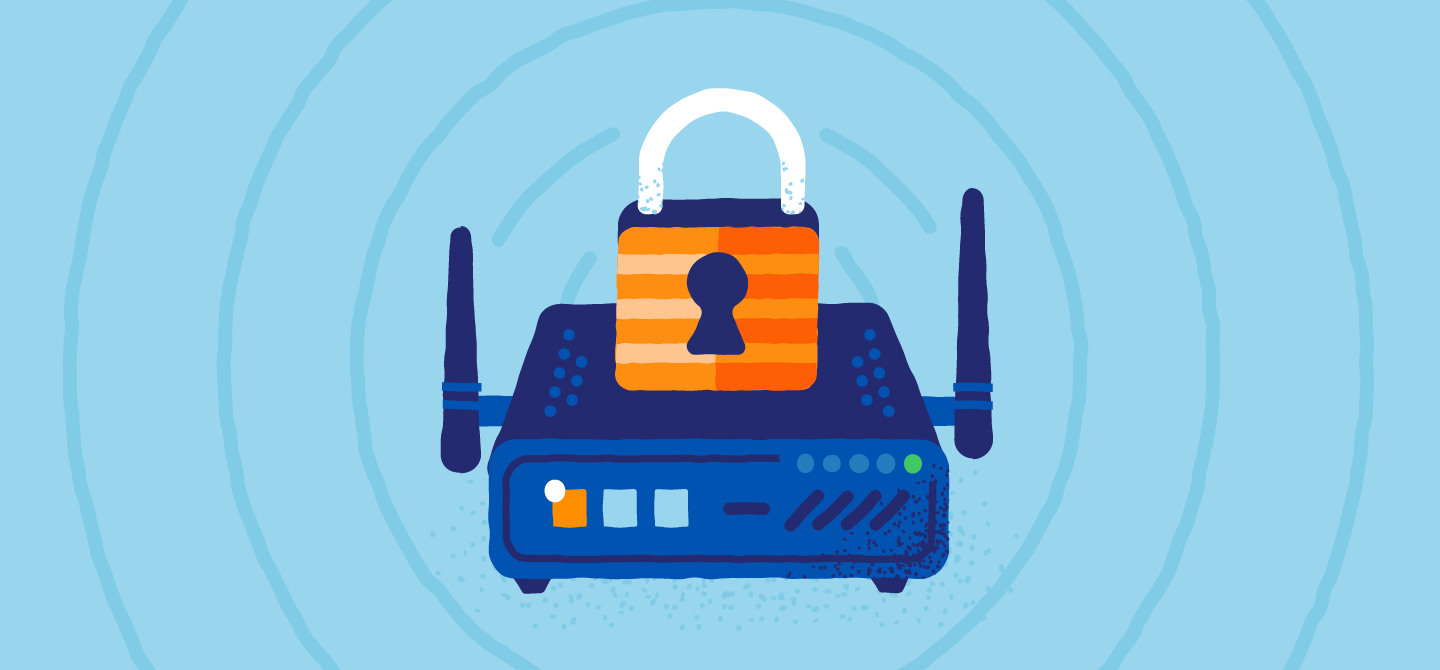Well, everyone wants their internet connection to be secured. Don’t they?
While securing their internet connection is a cakewalk for some people. It might be a challenging task for others, especially if they’re technically challenged. If you’re a noob concerned about your internet connection, this article got you covered then. To know more navigate here.
Here are six easy tips and tricks that will help you in making your internet connection safer.
1. Use Password, The Strong One
Well, strong passwords may sound difficult to remember, but that isn’t the case. You can create a password that is strong and can be easily remembered. A strong password must be:
- It should contain more than 14 characters.
- It should include both the upper case as well as lower case letters also the symbols and numbers. You can also use emoticons.
- It should not contain any personal information like your name, date of birth, and others, as this information is easy to crack.
- You can create codewords and shortcuts of things that are easily remembered by you. In this way, you will not forget your password.
You can also use a password manager for this purpose. Different password managers are available online.
2. Update your router firmware:
Updating your router periodically is very important. And most of us don’t do that. Craig Young once said, “All of your information passes through that router.” If we ignore that router, not just our internet connection but also our other privacy is also at risk.
- For updating your router, search for your router IP address in the search bar.
- Enter your login credentials- username and password.
- Click on the update section.
- After clicking, you will reach your router manufacturer site.
- Now, download your updated router.
- Browse the updated file and start the upgrade process.
- Wait for the process to complete.
- Reboot your router, and you are done.
3. Always encrypt your router
These days protecting your internet connection is quite easy. Almost all of the routers come with encryption. All you have to do is turn on the encryption setting on your device, and that’s it. Your internet connection is good to go! To turn on encryption, follow the below-mentioned steps,
- Firstly, log in to your router. Search for a web browser name in the search bar. Then enter your login credentials in the same.
- After logging in, look for the wireless network option.
- Select WPA-2.
- Create a new password. Always create a strong password.
- Save the changes.
Easy-Peasy! Isn’t it?
4. Alter your PNL (Preferred Network LIST)
Your PNL consists of a list of open networks to which you can connect. But the thing is, it can’t discriminate among different networks appearing with the same name. You can easily manage your PNL and filter the unknown networks as given below:
- Go to ‘Manage known networks’ in your network settings.
- Click forget.
By clicking forget, you make sure that your device doesn’t connect to a network automatically. Thereby reducing the risk of connecting to a rogue network.
5. Use a VPN:
A VPN is a Virtual Private Network. VPN creates a secure connection between two networks on the internet. It hides your activity over the internet and doesn’t allow the third person to look at your activity on the internet.
Both paid and free VPN software are available online. You can choose between the two. If you need it for personal usage, go for the free VPN. But if you need full proof of security from hackers and other government agencies, go for a paid one.
- Then download VPN software on your device. On your android device, you can easily download it from the app store. Make sure you download it from a well-known company, not from a vague one.
- After downloading your VPN software next, you need to install the same on your device.
- VPNs can be easy to use, or sometimes you need to sign up as well.
- After signing up, read the instructions, terms, and conditions carefully. Accept all and move to the next step.
- Now, you are all ready to run your VPN.
